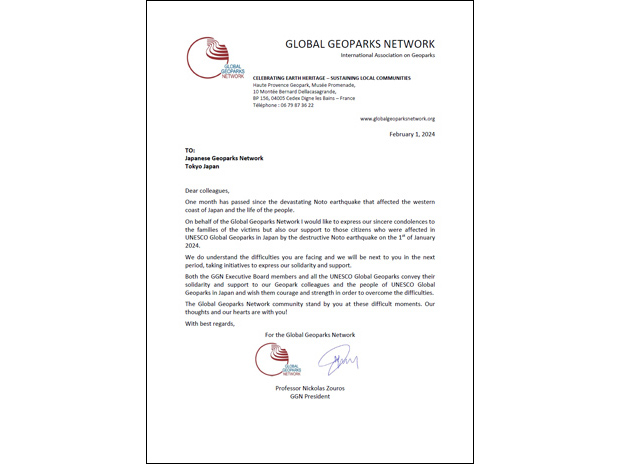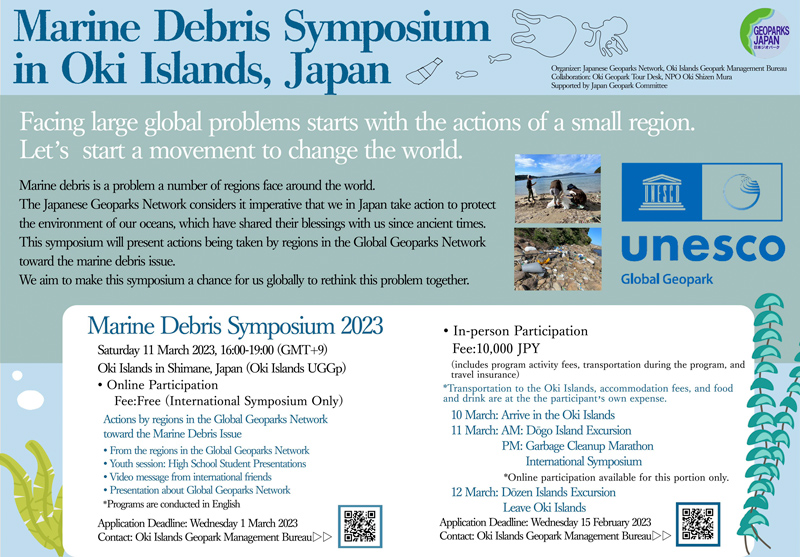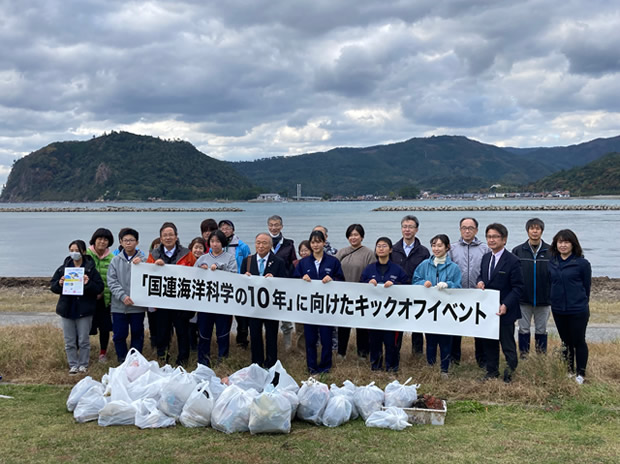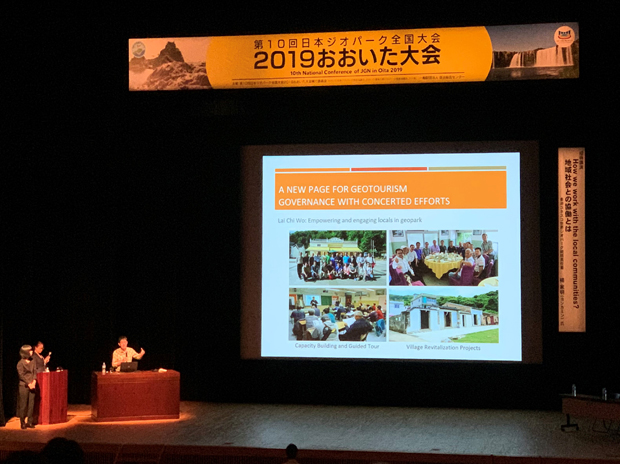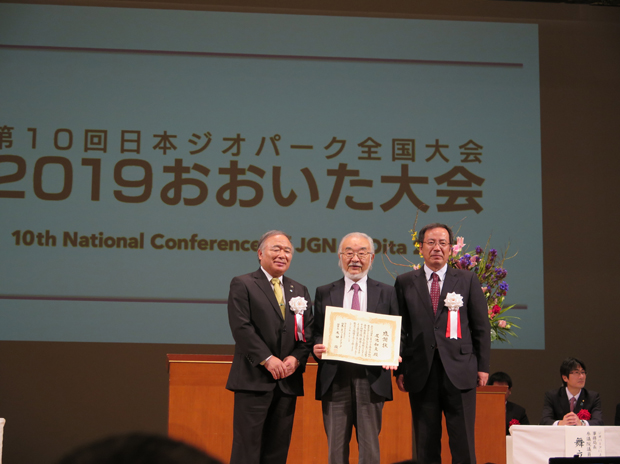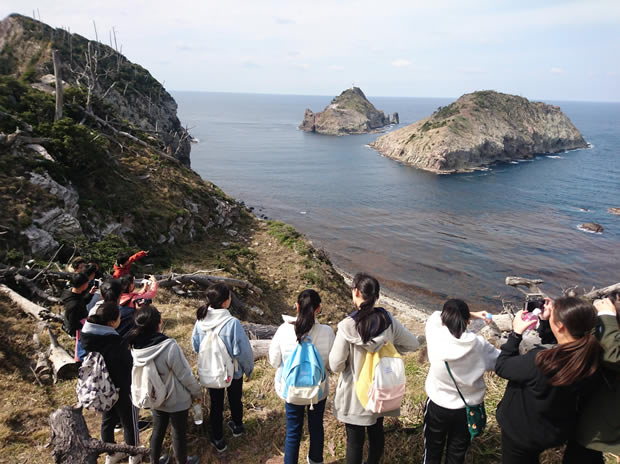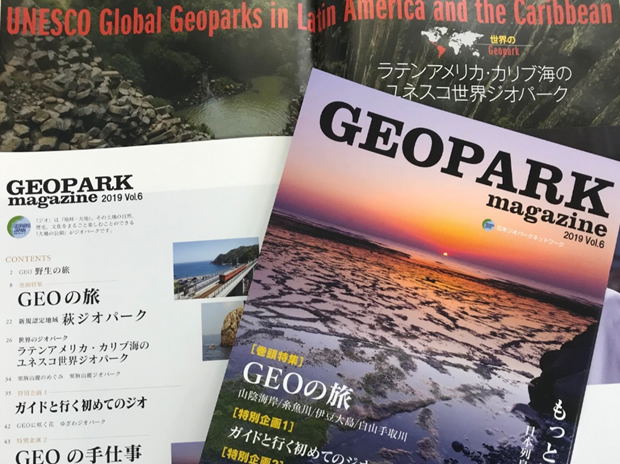Japanese Geoparks Network
The Japanese Geoparks Network (JGN) is a specified nonprofit organization which is a networking platform for the Geoparks in Japan.
As of 24 May 2023, the JGN regular membership consists of 10 UNESCO Global Geoparks in Japan and 36 Japanese National Geoparks. There are 7 aspiring geoparks listed as associate members.
MoreIn December 2007, the Japanese Geopark Liaison Council was established with support from Japanese geologists and private organizations that were conducting geological surveys, and some local authorities and others who wish to establish Geoparks began exchanging ideas.
In December 2008, seven Japanese Geoparks were designated as national geoparks.
In May 2009, the Japanese Geopark Liaison Council became the Japanese Geoparks Network (JGN).
Every year, the JGN National Conference and workshops are held.
Active support is given to areas which have suffered from natural disasters through sharing information about natural disasters, such as earthquakes.
LATEST NEWS
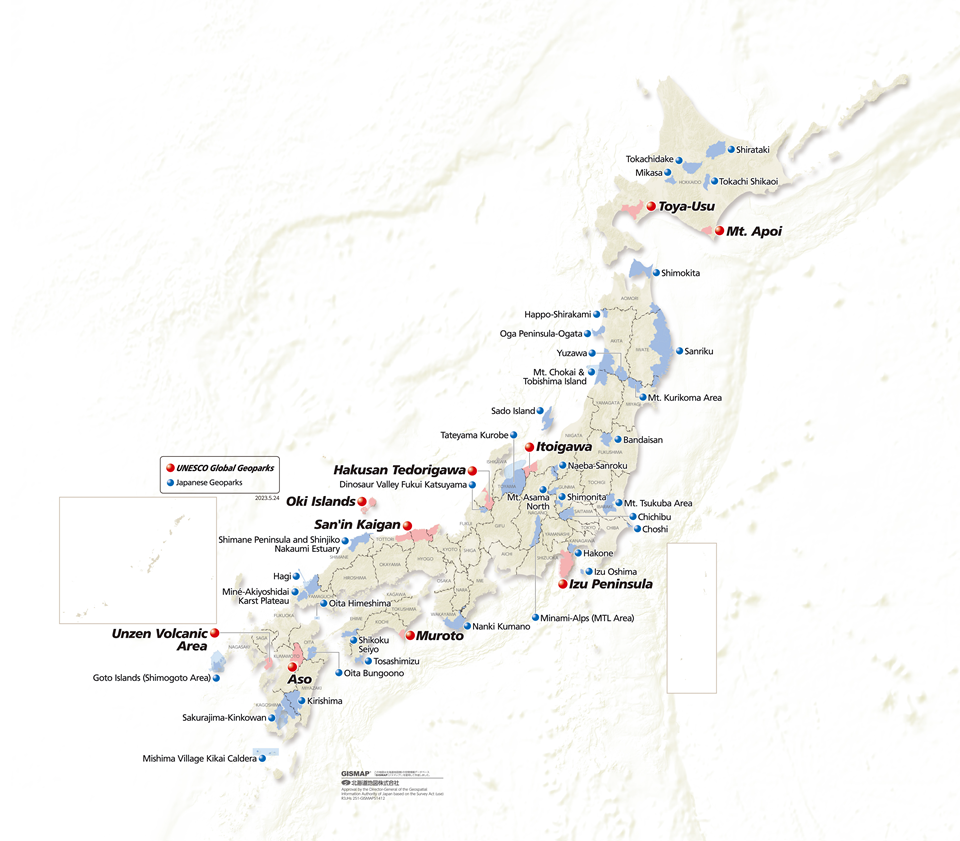
UNESCO Global Geoparks
- Aso
- Itoigawa
- Izu Peninsula
- Mt. Apoi
- Muroto
- Oki Islands
- San'in Kaigan
- Toya-Usu
- Unzen Volcanic Area
- Hakusan Tedorigawa
Japanese National Geoparks
- Bandaisan
- Choshi
- Dinosaur Valley Fukui Katsuyama
- Chichibu
- Hagi
- Hakone
- Happo-Shirakami
- Izuoshima
- Kirishima
- Mikasa
- Minami-Alps (MTL Area)
- Mine-Akiyoshidai Karst Plateau
- Mishima Village Kikai Caldera
- Mt.Asama North
- Mt.Chokai & Tobishima Island
- Mt.Kurikoma Area
- Mt.Tsukuba Area
- Naeba-Sanroku
- Nanki Kumano
- Oga Peninsula-Ogata
- Oita bungoono
- Oita Himeshima
- Sado Island
- Sakurajima-Kinkowan
- Sanriku
- Shikoku Seiyo
- Shimane Peninsula and Shinjiko Nakaumi Estuary
- Shimokita
- Shimonita
- Shirataki
- Tateyama Kurobe
- Tokachi Shikaoi
- Yuzawa
- Tosashimizu
- Tokachidake
- Goto Islands (Shimogoto Area)
What is a Geopark?
A Geopark is single, unified geographical area where sites and landscapes of geological significance are managed with a holistic concept of protection, education and sustainable development.
MoreA Geopark is a journey of bonding and learning about the earth, and a place to enjoy geotourism. It is a place where you can take a close look at mountains and rivers, learn about how they were formed, and think about their links to the ecosystem and human life. A Geopark is where you think about earth as a whole, from the ground at your feet to the boulders, and all the way into space; from billions of years into the past all the way into the future; and about the mountains, rivers, oceans, the atmosphere, and the organisms that live within it.
Information and articles
- Leaflet: Geopark Activities in Japan
- Report of 2017 Official Development Assistance Grants for UNESCO Activities “Capacity Development to Stimulate Networking Activities Between Geoparks in the Asia-Pacific Region” Project
- Report of 2016 Official Development Assistance Grants for UNESCO Activities “Capacity Development to Stimulate Networking Activities Between Geoparks in the Asia-Pacific Region” Project
- The Mechanism of Earthquakes
- Tsunami
- GEOPARK magazine 2014 Vol.1 (in Japanese)
- GEOPARK magazine 2015 Vol.2 (in Japanese)
- GEOPARK magazine 2016 Vol.3 (in Japanese)
- GEOPARK magazine 2017 Vol.4 (in Japanese)
- GEOPARK magazine 2018 Vol.5 (in Japanese)
